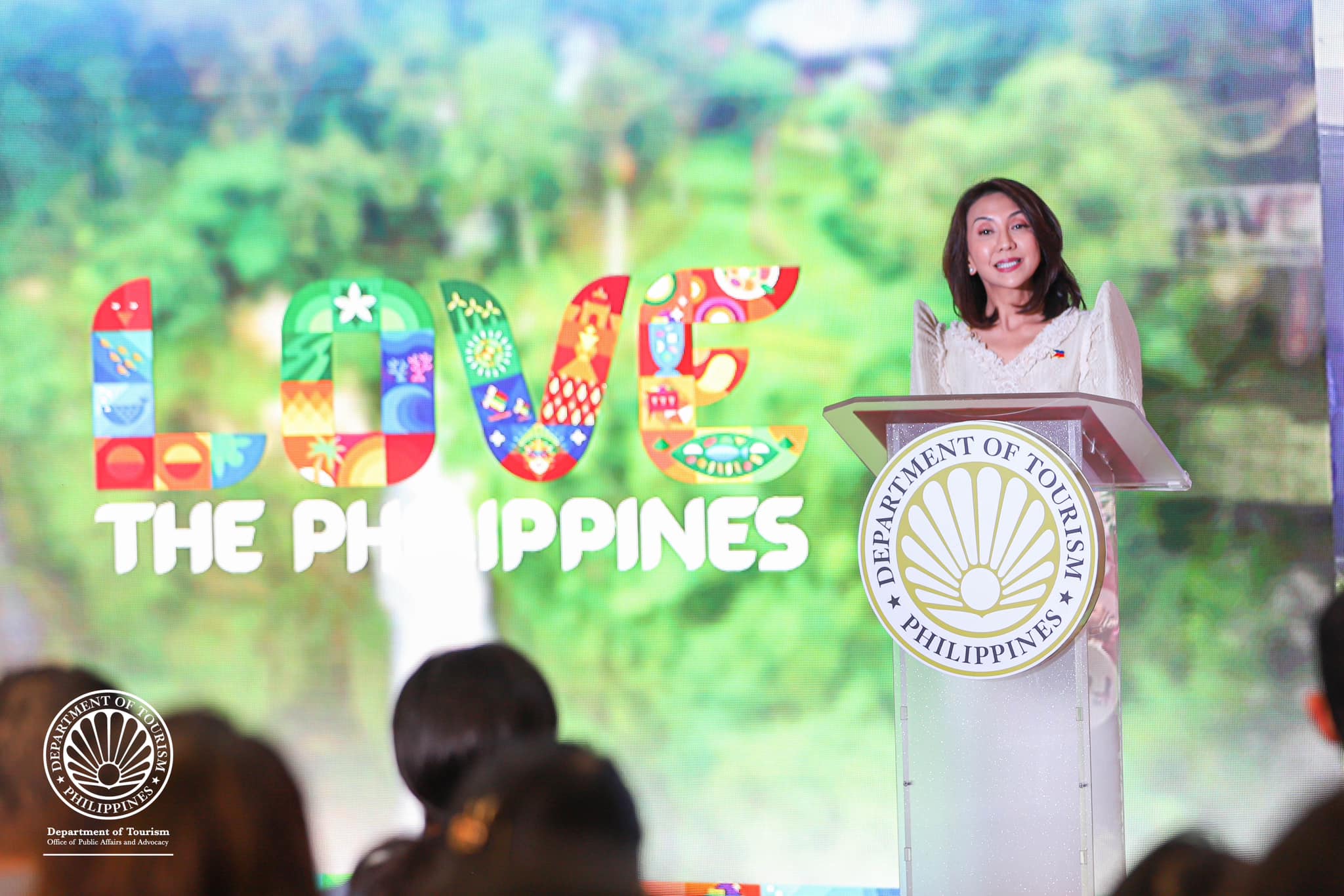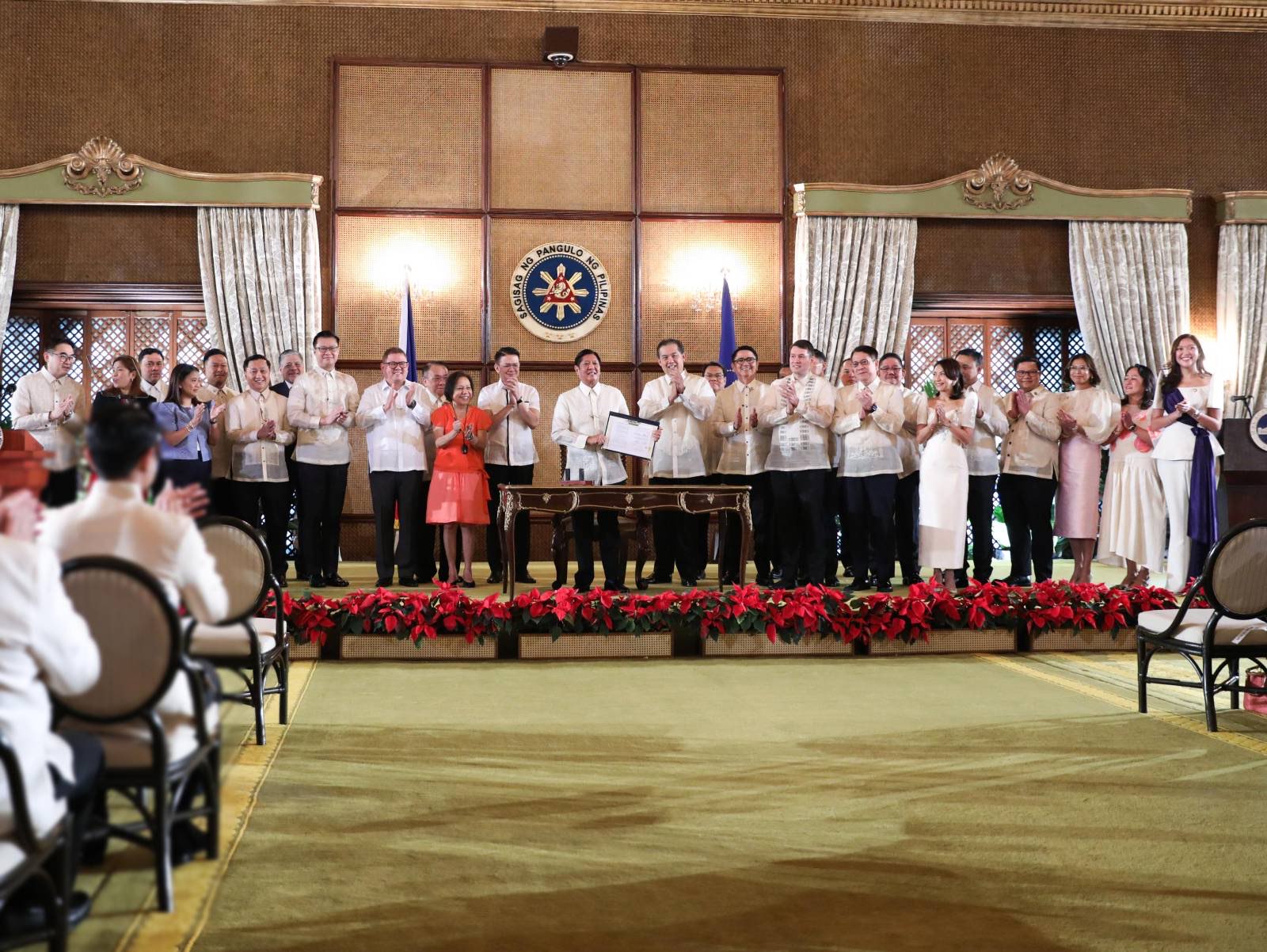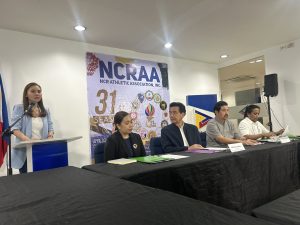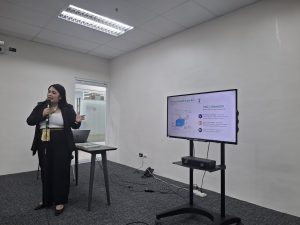As the Philippines continues to rebound from the difficulties posed by the COVID-19 pandemic, tourism has emerged as a vital engine of economic recovery under the leadership of President Ferdinand R. Marcos Jr. The administration has introduced significant reforms and flagship programs that have not only revitalized the sector but also positioned the Philippines as a premier travel destination.
Record-breaking tourism numbers
In 2024, Philippine tourism experienced remarkable growth, with international visitor receipts reaching an impressive P760 billion, exceeding the Department of Tourism (DOT)’s target by 150%. This figure represents a recovery of 126.75% from the P600.01 billion recorded before the pandemic in 2019, demonstrating the resilience and rebound of the industry.
“As we navigate the challenges and opportunities that lie ahead, I am proud to witness the remarkable resurgence of our tourism industry. The resilience of the Philippine tourism sector is a testament to the collective efforts of our government, stakeholders, and citizens who have worked tirelessly to position our country as a premier destination in Southeast Asia. Our robust economic performance, marked by record-breaking international visitor receipts of P760 billion in 2024, reflects the allure of the Philippines and the strategic initiatives we have undertaken. I am committed to ensuring that this momentum continues, as tourism remains a vital engine of our nation’s economic recovery and growth,” President Marcos stated, emphasizing his administration’s commitment to enhancing the tourism landscape.

Department of Tourism (DOT) Sec. Christina Frasco leads the DOT Year-End Media Briefing on Dec. 17, 2024. (Photo courtesy of DOT)
The DOT heralded these achievements, attributing much of the progress to the Marcos administration’s strategic initiatives. Secretary Christina Garcia Frasco noted that as of April 2024, approximately 16.4 million Filipinos are employed in the tourism sector, accounting for 34% of total employment in the first quarter. “These figures highlight the pivotal role of tourism in generating livelihoods and uplifting communities nationwide,” Frasco remarked, reinforcing the administration’s focus on creating quality employment opportunities.
The regional distribution of tourism employment further illustrates the sector’s expansive reach, with CALABARZON leading at 2.9 million jobs, followed closely by the National Capital Region (NCR) and other key regions.
“Our administration’s focus on creating quality employment opportunities has borne fruit, with 16.4 million Filipinos now employed in the tourism sector. This accounts for a significant portion of our workforce and highlights tourism’s pivotal role in generating livelihoods and uplifting communities across the nation. We are dedicated to fostering equitable growth, ensuring that every region benefits from a robust and inclusive tourism economy. Our aim is to nurture a tourism landscape that provides opportunities for all,” enthused President Marcos.
Domestic Tourism: A Flourishing Market
The Philippines was recently recognized as having the largest domestic tourism market in Southeast Asia, valued at approximately USD 52.1 billion in 2023. This achievement has garnered praise from the World Travel and Tourism Council (WTTC), which commended the resilience of the domestic tourism industry.
“The strength and resilience of our domestic tourism market have been pivotal in driving recovery and growth post-pandemic,” Frasco noted, signaling the administration’s focus on nurturing local tourism.
“This flourishing domestic market is a cornerstone of our recovery and growth post-pandemic. In this aspect, we are not merely recovering; we are thriving. Our local travelers play a crucial role in this ecosystem, and I am grateful for their continued support in making our domestic tourism market a success,” President Marcos said.
Attracting Quality Tourists
In addition to increased spending, the Philippines has attracted quality tourists who contribute significantly to the economy. According to a comparative survey by the WTTC, international tourists spend an average of USD 2,073 per capita when visiting the Philippines.
The length of stay for tourists has also increased, with visitors now averaging over 11 nights in the country, compared to 9 nights in 2019.
“Seventy percent of our tourists are repeat visitors. This is a clear indication that they love the Philippines,” Frasco stated, underscoring the effectiveness of the administration’s efforts to enhance the visitor experience.
An Enabling Environment for Tourism Growth
Under President Marcos’s leadership, the Philippines has introduced groundbreaking policies to foster a pro-tourism climate. The recently signed Republic Act 12079 establishes a Value-Added Tax (VAT) refund mechanism for non-resident tourists, allowing them to claim refunds on purchases made in accredited stores. “This law sends a powerful message: the Philippines is ready to align with global standards while supporting local communities and businesses,” Frasco explained.

President Ferdinand R. Marcos Jr. signs law on VAT refund program for non-resident tourists at Malacañan Palace on Dec. 9, 2024. (Photo courtesy: PCO)
The administration’s commitment to tourism investment is evident, with tourism investments reaching over Php 508.8 billion in 2023. The accommodations sector alone accounted for more than 51% of this amount. “By investing heavily in infrastructure and tourism development, we are ensuring that the benefits of tourism are felt across the nation,” Frasco emphasized.
Furthermore, initiatives like the Tourism Champions Challenge have provided grants to local government units, funding projects that enhance tourism infrastructure. “We are dedicated to expanding tourism development to as many islands as possible,” Frasco stated, highlighting the administration’s focus on inclusive growth.
A Vision for Sustainable Development
The Marcos administration’s focus on tourism is not just about numbers; it is about fostering sustainable development and nurturing communities.
“Tourism is more than a destination; it is an opportunity to create livelihoods, support local businesses, and pave the way for sustainable development,” President Marcos stated, reinforcing the administration’s commitment to a tourism industry that benefits all Filipinos.
As the Philippines continues to shine on the global tourism stage, the legacy of President Ferdinand Marcos Jr. will be marked by a thriving tourism sector that not only contributes to economic growth but also enriches the lives of countless Filipinos. With continued support and innovative policies, the future of Philippine tourism looks bright, promising a vibrant industry that celebrates the nation’s rich culture and natural beauty for generations to come. (DOT)



